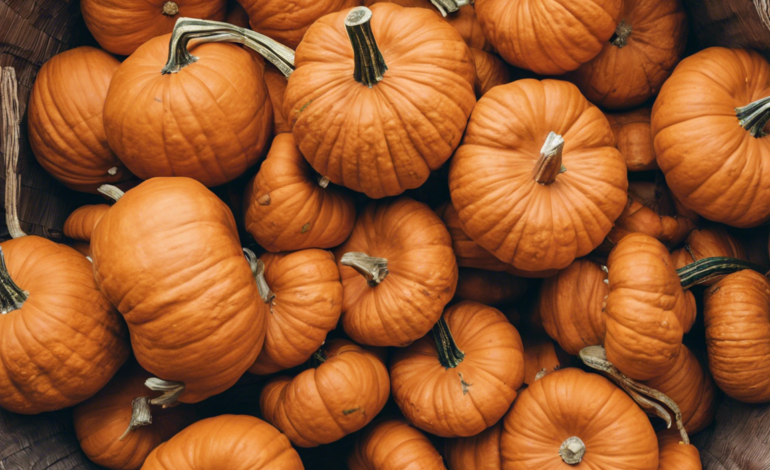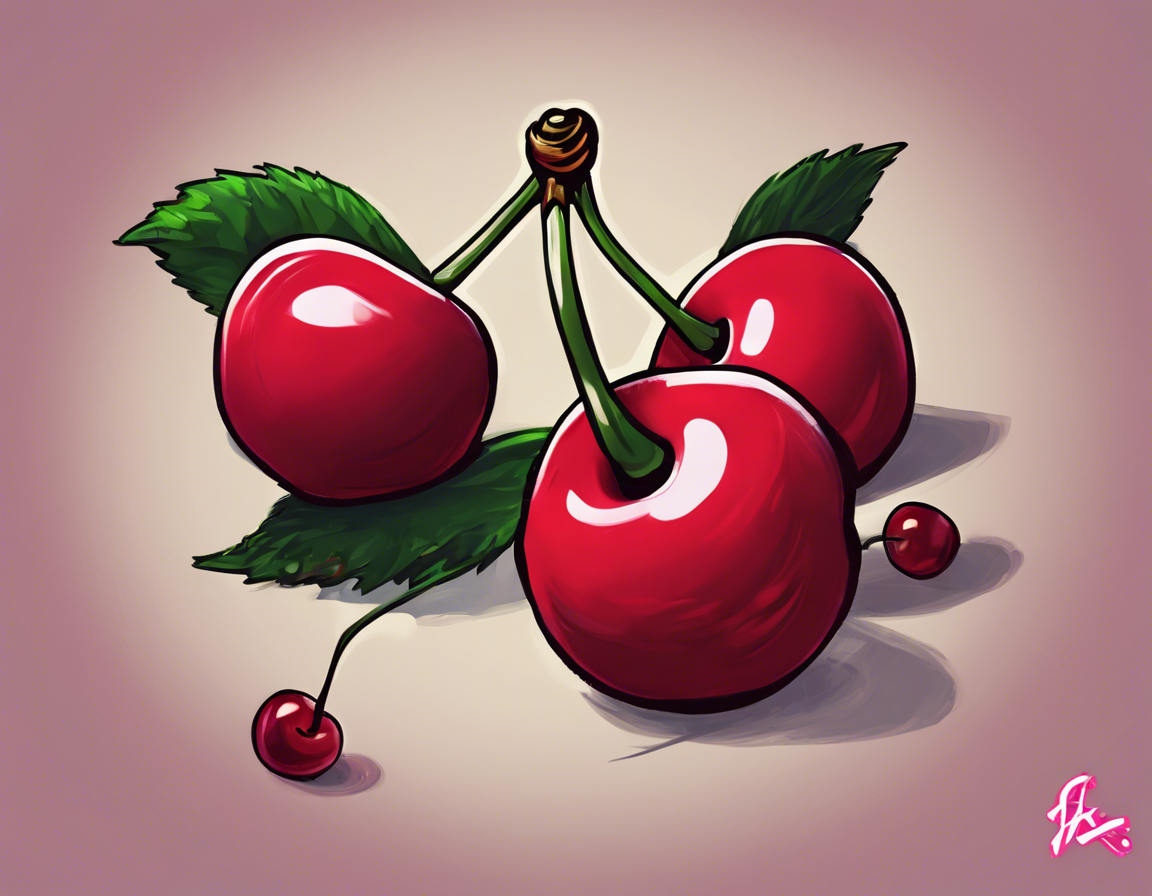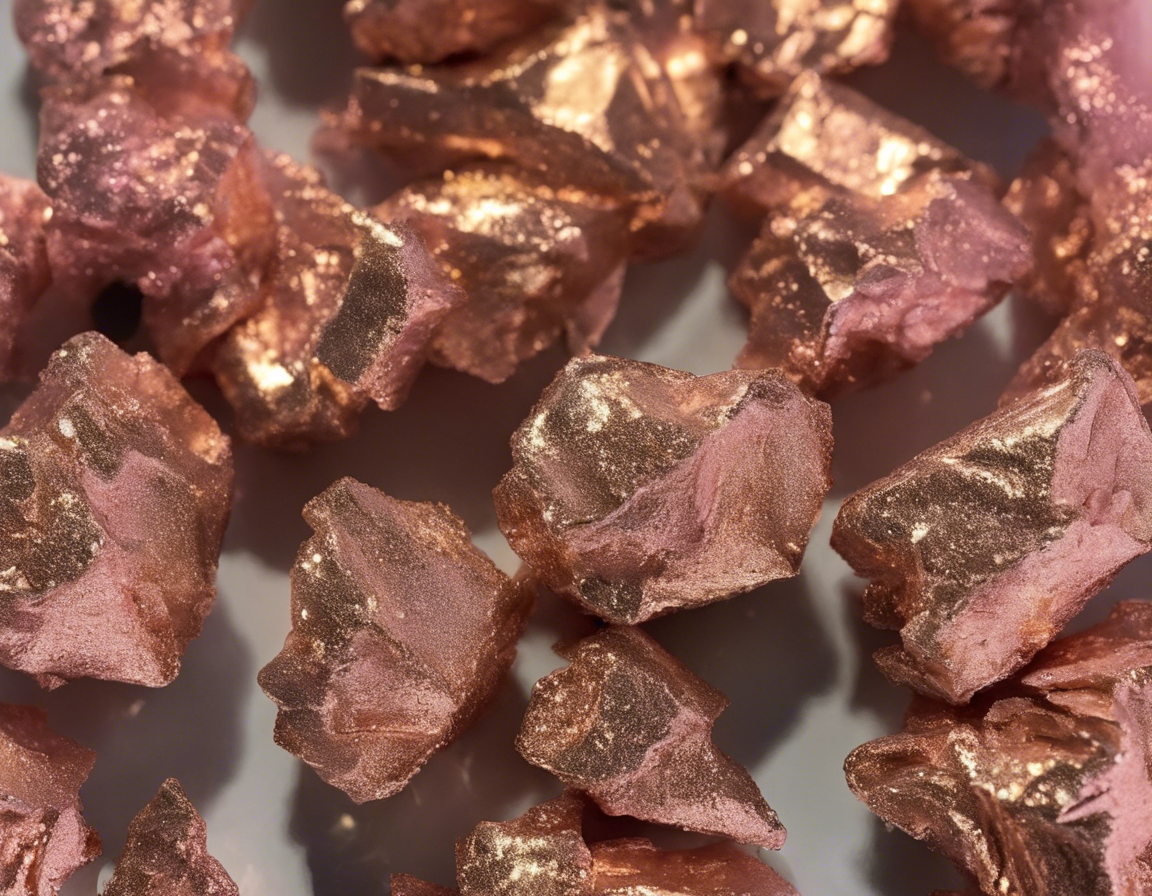
Pumpkin: Know It as Kaddu in Hindi
Introduction
Pumpkin, known as “kaddu” in Hindi, is a versatile and nutritious vegetable that is often underestimated in its culinary potential. It belongs to the gourd family, along with other vegetables like zucchini, cucumber, and melons. Pumpkins are not only known for their vibrant orange color and unique shape but also for their numerous health benefits and delicious flavor. In this article, we will explore the various aspects of pumpkins, including their nutritional value, culinary uses, health benefits, and tips for selecting and storing them.
Nutritional Value of Pumpkin
Pumpkins are low in calories but high in essential nutrients, making them a valuable addition to a healthy diet. Some key nutrients found in pumpkins include:
– Vitamin A: Pumpkins are rich in beta-carotene, a precursor to vitamin A, which is essential for good vision, immune function, and skin health.
– Vitamin C: This vitamin acts as an antioxidant and is important for immune function and collagen production.
– Fiber: Pumpkins are a good source of dietary fiber, which is important for digestive health and weight management.
– Potassium: An essential mineral that helps regulate blood pressure and muscle function.
– Antioxidants: Pumpkins contain antioxidants like beta-carotene and vitamin C, which help protect the body from oxidative stress and inflammation.
Culinary Uses of Pumpkin
Pumpkins are a versatile vegetable that can be used in both savory and sweet dishes. Some popular culinary uses of pumpkin include:
– Soups and Stews: Pumpkin puree can be used as a base for creamy soups and hearty stews.
– Roasted Vegetables: Roasted pumpkin chunks make a delicious side dish when seasoned with herbs and spices.
– Baking: Pumpkin puree can be used in baking recipes like pumpkin bread, muffins, and pies.
– Curries: In Indian cuisine, pumpkin is often used in curries and sabzis for its sweet flavor and soft texture.
– Desserts: Pumpkin is a key ingredient in desserts like pumpkin pie, pumpkin cheesecake, and pumpkin spice lattes.
Health Benefits of Pumpkin
In addition to being delicious, pumpkins offer a wide range of health benefits:
– Eye Health: The beta-carotene in pumpkins is good for your eyesight and may help prevent age-related macular degeneration.
– Heart Health: The fiber, potassium, and antioxidants in pumpkins can help lower blood pressure and reduce the risk of heart disease.
– Weight Loss: Pumpkins are low in calories and high in fiber, making them a great food for weight management.
– Immune System Support: The vitamin C and other antioxidants in pumpkins can boost your immune system and help you fight off infections.
– Skin Health: The beta-carotene in pumpkins can give your skin a healthy glow and protect it from sun damage.
Selecting and Storing Pumpkins
When selecting pumpkins, look for ones that are firm, heavy for their size, and free from any soft spots or blemishes. The stem should be intact, as a missing or damaged stem can lead to premature decay. Store whole pumpkins in a cool, dry place for up to a month. Once cut, wrap the pumpkin tightly in plastic wrap and refrigerate it for up to five days. You can also freeze cooked pumpkin puree for later use in recipes.
Pumpkin Varieties
There are several varieties of pumpkin, each with its own unique characteristics and flavor profiles:
– Sugar Pie Pumpkin: Also known as “baking pumpkin,” this variety is sweet and perfect for pies and desserts.
– Jack-o’-Lantern Pumpkin: These are the large pumpkins often used for carving at Halloween. While not as sweet as sugar pie pumpkins, they are still edible and can be used in soups and stews.
– Kabocha Pumpkin: This Japanese variety has a sweet, nutty flavor and a dense, creamy texture, making it ideal for roasting and pureeing.
– Butternut Squash: While technically not a pumpkin, butternut squash is often used interchangeably in recipes. It has a sweet, nutty flavor and is great for soups, curries, and baking.
Pumpkin Seeds
Don’t throw away those pumpkin seeds! Pumpkin seeds are a nutritious snack that is rich in protein, healthy fats, and minerals like magnesium and zinc. To roast pumpkin seeds, remove them from the pumpkin, rinse off any pulp, toss them with olive oil and seasoning, and bake in the oven until crisp. Enjoy them as a standalone snack or sprinkle them on top of salads, soups, or oatmeal for an added crunch.
Frequently Asked Questions (FAQs)
1. Can you eat pumpkin skin?
Yes, pumpkin skin is edible, especially on young, tender pumpkins. However, the skin can be tough and fibrous on older pumpkins, so it is best to peel them before cooking.
2. How do you cook pumpkin?
Pumpkin can be cooked in a variety of ways, including roasting, boiling, steaming, and sautéing. For soups and purees, the pumpkin is usually peeled, cubed, and cooked until tender before blending.
3. Are canned pumpkin and fresh pumpkin the same?
Canned pumpkin is made from cooked, pureed pumpkin, while fresh pumpkin needs to be cooked and pureed before use. Canned pumpkin is convenient and works well in recipes, but fresh pumpkin can offer a fresher flavor and texture.
4. What is the difference between pumpkin and squash?
Pumpkin and squash belong to the same family, but pumpkins are a specific type of squash with a sweet flavor and orange flesh. Squash, on the other hand, is a broader category that includes pumpkins, zucchinis, and butternut squash, among others.
5. How do you store cut pumpkin?
Once cut, pumpkin should be wrapped tightly in plastic wrap or stored in an airtight container in the refrigerator. Use the cut pumpkin within a few days for the best quality.
6. Is pumpkin good for weight loss?
Pumpkin is low in calories and high in fiber, making it a filling and nutritious option for those looking to lose weight. Incorporating pumpkin into your diet can help you feel full and satisfied while keeping your calorie intake in check.
7. Can you freeze pumpkin puree?
Yes, pumpkin puree can be frozen for up to 3 months. Store it in airtight containers or freezer bags, leaving some room for expansion. Thaw the frozen puree in the refrigerator before using it in recipes.
8. What are the health benefits of pumpkin seeds?
Pumpkin seeds are rich in protein, healthy fats, and minerals like magnesium and zinc. They can help lower cholesterol, promote heart health, and support immune function. Plus, they make a delicious and nutritious snack!
9. How can I incorporate more pumpkin into my diet?
You can add pumpkin to smoothies, oatmeal, yogurt, pancakes, and baked goods like muffins and bread. You can also roast pumpkin for salads or soups or use it in curries and stews for a savory twist.
10. Are there any allergic reactions to eating pumpkin?
While pumpkin allergies are rare, some people may experience symptoms like itching, hives, or stomach upset after consuming pumpkins. If you experience any adverse reactions, seek medical advice.
In conclusion, pumpkin, or “kaddu” in Hindi, is a nutritious and delicious vegetable that can be enjoyed in a variety of dishes. From soups and stews to desserts and snacks, pumpkins offer a wide range of culinary possibilities. With their numerous health benefits and versatility in the kitchen, pumpkins deserve a prime spot on your shopping list year-round. So, why not explore the world of pumpkins and discover new ways to incorporate this vibrant vegetable into your meals?





